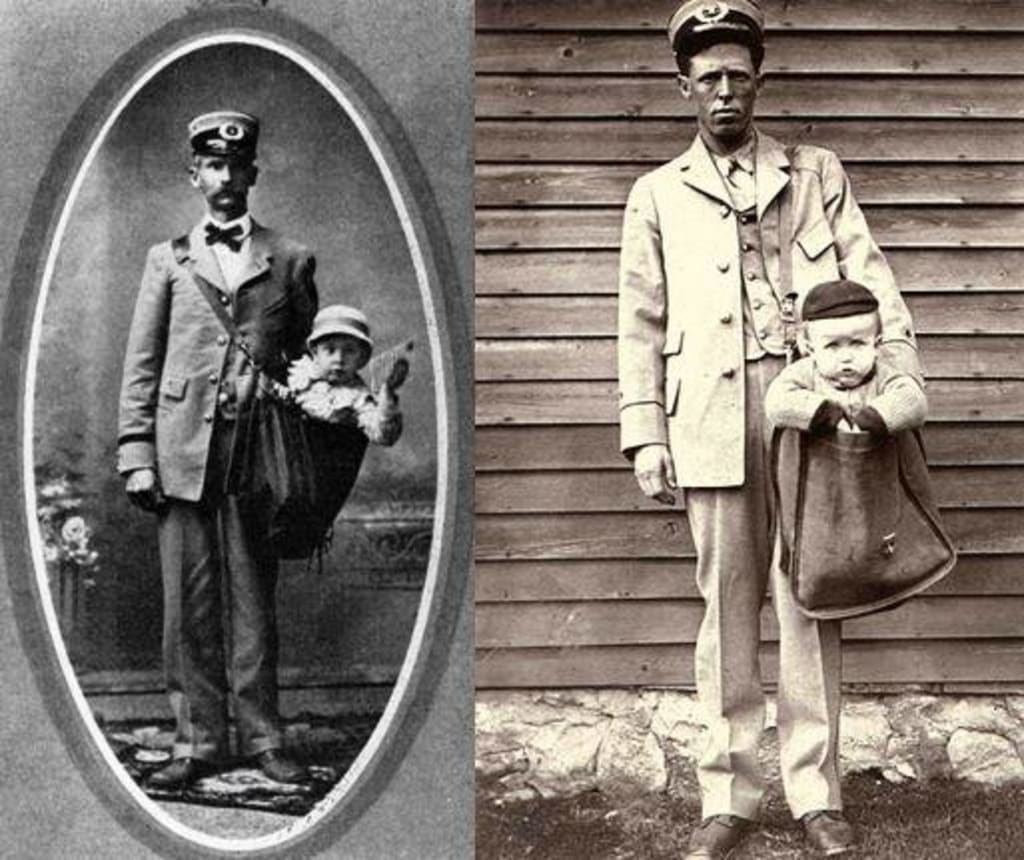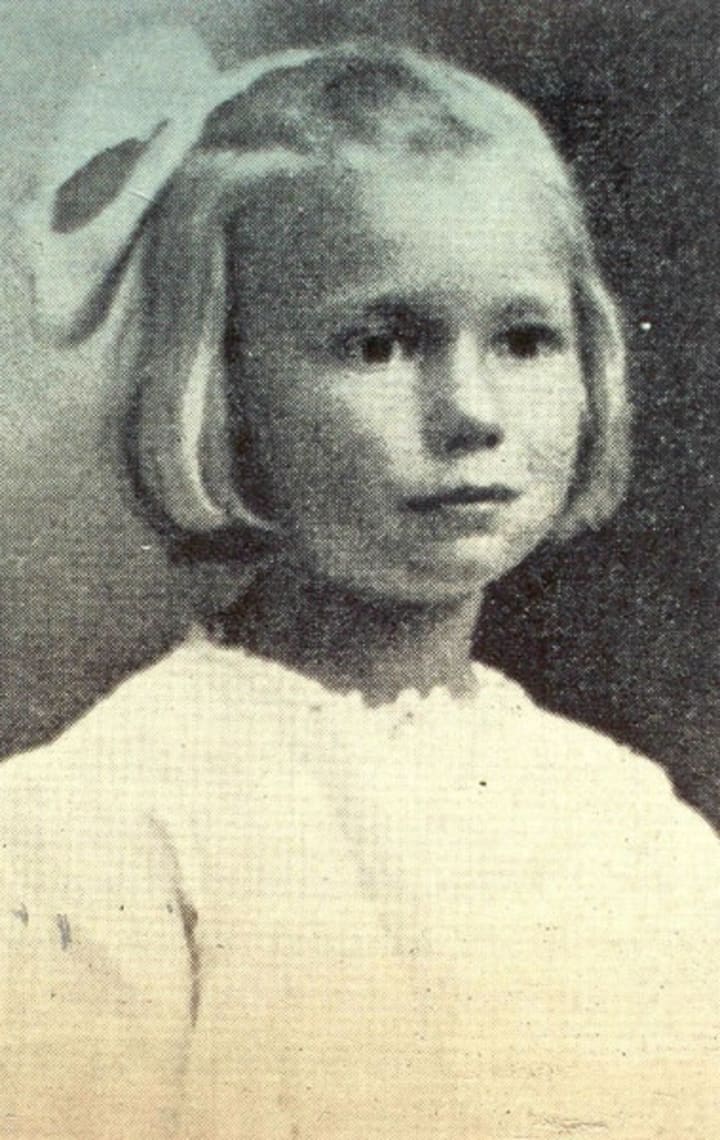That Time When Parents Mailed Their Kids
Postage Was Cheaper than Train Tickets

The unofficial “motto” of the United States Postal Service is, "Neither snow nor rain nor heat nor gloom of night stays these couriers from the swift completion of their appointed rounds." The words above, often considered to be the motto, are chiseled in gray granite over the entrance to the New York City Post Office on 8th Avenue. Although the Post Office isn't utilized as much as times past because of our current digital age, we continue to acknowledge the important role they play in our society. We count on them to deliver handwritten letters and cards. We expect the Postal Service to bring our dreaded utility bills or credit card statements, and stuff them in our mailbox. In fact, our culture places a great amount of trust in these mail carriers. About a century ago, a few people relied on the postal service so much, some even shipped their children through the mail.

On January 1, 1913, the Postal Service started shipping large parcels and packages through the mail. During the 19th century, several privately owned companies offered this service, but when the USPS added this option, they expanded the reach of mail-order companies to the people living in our Country's rural communities. But, with this new opportunity, came an unexpected consequence. Some parents started sending their children to relatives through the mail.
A few weeks after Parcel Post began, Ohio parents, Jesse and Mathilda Beagle, mailed their 8-month-old son to his grandmother who lived under a mile away. Baby James weighed 10.75 pounds, just under the 11 pound weigh limit for shipping Parcel Post, and only cost his parents 15 cents in postage. I can only imagine the face of mail carrier Vernon O. Lytle as the parents requested him deliver their baby to his grandma's house. Thankfully, the mail carrier and baby had to travel only a short distance to reach his destination. (It does make one wonder why the parents couldn't take the time to hand deliver their child to a place so close to home.) Obviously, the novelty of this occurrence found its way into newspapers, and for the next few years, other parents across the Country occasionally did the same thing.

One of the most famous cases of a child being sent Parcel Post happened on February 19, 1914. A four-year-old girl named Charlotte May Pierstorff was mailed by train from her home in Grangeville, Idaho to her grandparents' home about 73 miles away! May wasn't stuffed in a postman's bag or a shipping container. Fortunately, she was accompanied by her mother's cousin, who happened to be an employee for the railway mail service. The reason for shipping Charlotte was quite simple. It was cheaper to mail the little girl than to buy her a train ticket. Writer Nancy Pope wrote about the incident for the National Postal Museum. Her story also became the inspiration for a children's book entitled, Mailing May.
After a few years, the United States Postal Service forbade the mailing of human beings through Parcel Post. However, the Postal Service does allow for some special deliveries, like shipping certain live animals. A list of these mailable live animals can be found on the USPS website. Even though it is permissible to ship live scorpions and small harmless, cold-blooded animals, this is a far cry from mailing toddlers and young children through Parcel Post.
Although the thought of mailing our precious children through the mail seems outrageous, it does speak to the confidence that rural communities placed in their mail carriers. Rural mail carrier Vernon Lytle proved his reliability and rose to the challenge of delivering a baby and made postal service history. Thankfully, this practice has long been abandoned and the Postal Service doesn't need to modify its unofficial motto by adding "nor dirty diapers."
About the Creator
Bryan R..
Husband. Father. Music and Youth Pastor. I enjoy writing as a hobby.
Enjoyed the story? Support the Creator.
Subscribe for free to receive all their stories in your feed. You could also pledge your support or give them a one-off tip, letting them know you appreciate their work.






Comments
There are no comments for this story
Be the first to respond and start the conversation.